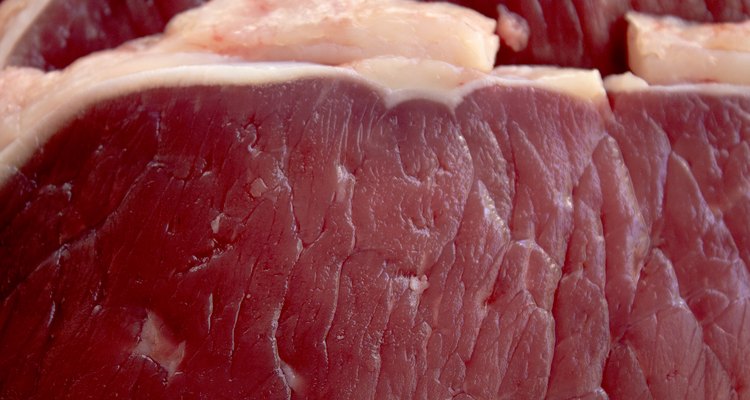
Venison is a leaner, healthier red meat than beef, but that same characteristic makes grilling deer meat a challenge. Unlike beef, which bastes itself with its own fat during grilling, deer meat -- especially the lean tenderloin -- lacks such a natural moisture-control system. But the smoky flavor of outdoor barbecuing complements venison well if you first season the meat overnight in a process called dry rubbing, then wrap the tenderloin in bacon prior to the grilling process. Combining these pre-grilling steps with an indirect-heat grilling method results in a moist and flavorful tenderloin.
Curing Deer Meat
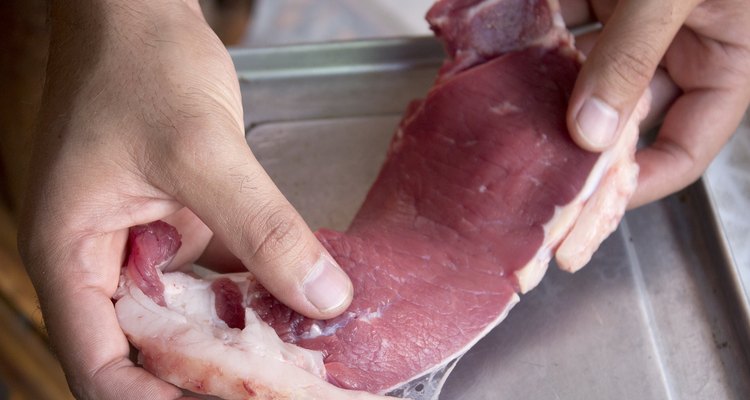
Place the venison tenderloin on a clean baking sheet. Rub the meat down generously with Montreal-style steak seasoning, which is available at most grocery stores. Cover all meat surfaces with a thin layer of seasoning.
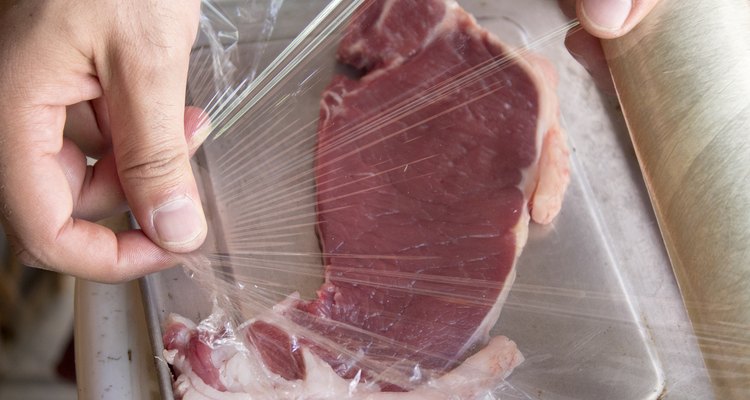
Cover the entire baking sheet with plastic wrap, tucking the edges under the sheet and forming a seal over the roast.
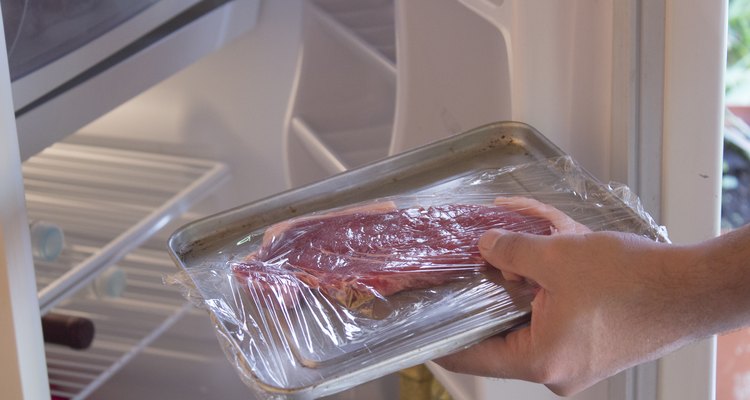
Refrigerate the seasoned, sealed tenderloin overnight, letting the seasoning soak into the meat. This cures the meat, forming a moisture barrier that keeps it from drying out during grilling.
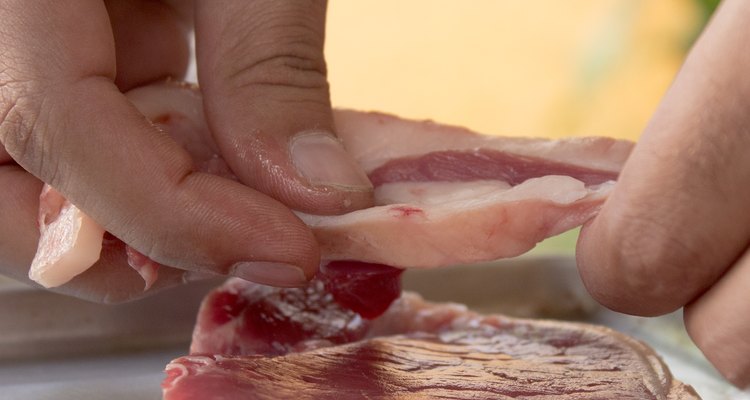
Remove the tenderloin from the refrigerator the next morning. Take off the plastic wrap. Cover the entire roast in a single layer of bacon. Secure the bacon to the roast by spearing it with toothpicks pushed through the bacon and halfway into the tenderloin.
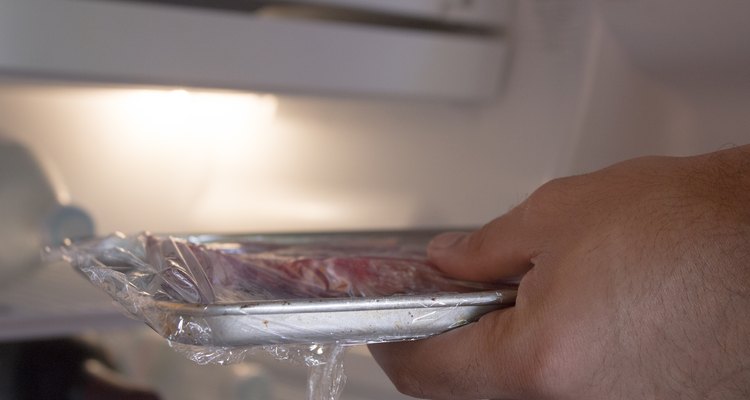
Place the roast back in the refrigerator until you're ready to grill.
Indirect Grilling with Smoke

Mix all the wood chips together in the small plastic bowl and fill it with enough water to either float or submerge the chips. Let the chips soak for an hour prior to grilling time.
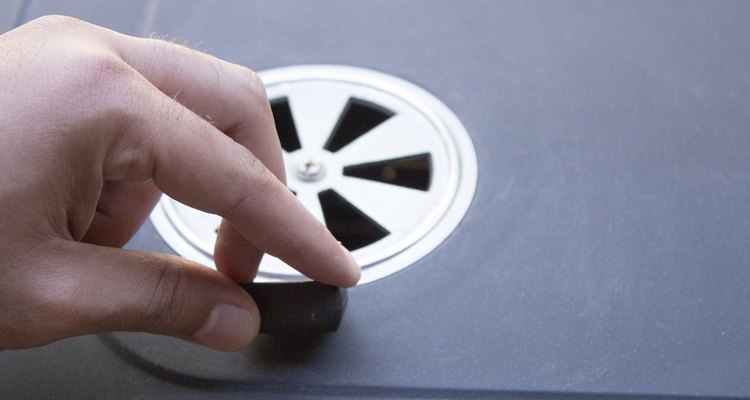
Open all grill vents wide and remove and set aside the lid and cooking grate. Fill the charcoal starter with natural lump charcoal. Loosely ball up the newspaper sheets into the lower compartment of the starter.

Place the starter in the center of the coal grate inside the grill and light the newspaper from below. Give the coals at least 20 minutes to fully ignite before proceeding.
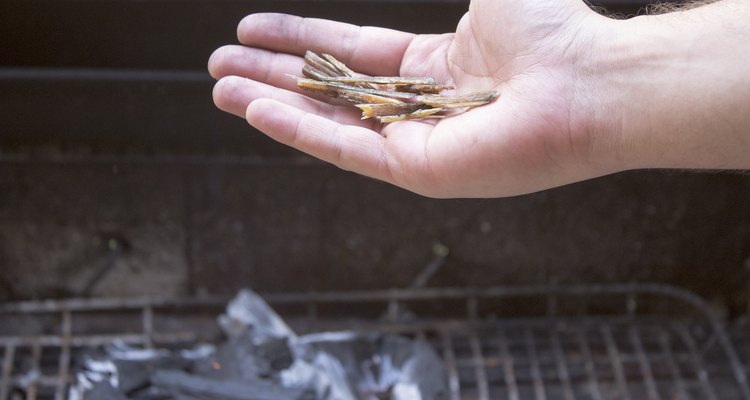
Grab the starter by the protective handle and dump the lit coals into equal piles on either side of the coal grate, leaving a coal-free zone in the center. Toss an equal amount of wet wood chips atop each pile of coals and place the foil roasting pan in the coal-free zone between the coal piles.
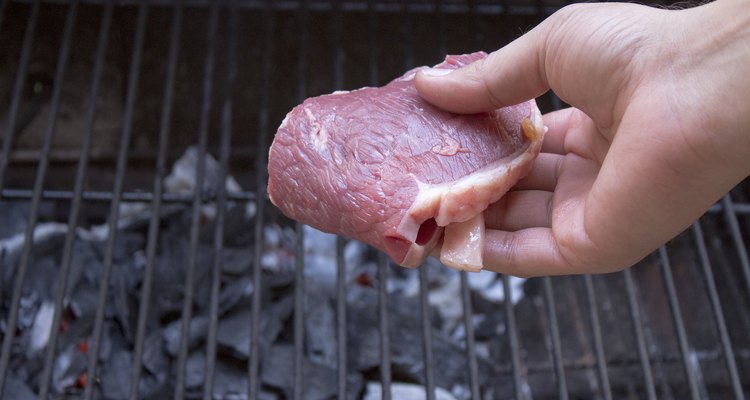
Place the cooking grate back in the grill. Place the bacon-wrapped tenderloin atop the cooking grate, directly above the foil pan.
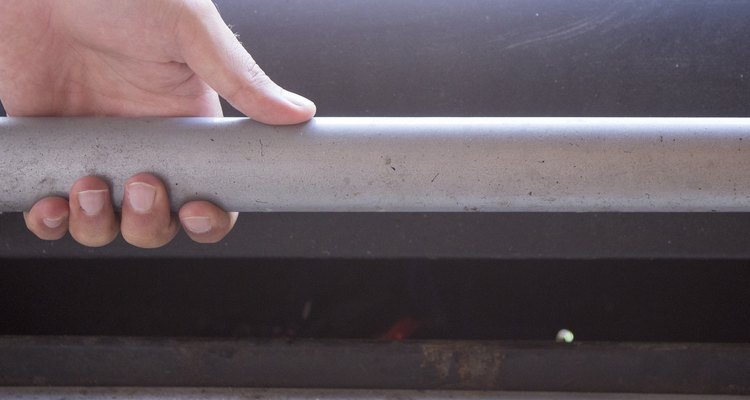
Close the grill lid, positioning the lid downwind and between the two coal piles. Keep the lid closed, cooking the meat for 45 minutes to an hour, depending on the size of the roast and how done you want it. Remove the meat with long-handled grilling tongs, place it on a clean platter, carve it and serve it.
Related Articles
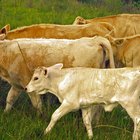
How to Smoke a Sirloin Tip Roast

How to BBQ the Eye of Round Roast
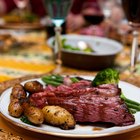
How to Cook a Roast Beef on a ...

How to Use Wood Chips in a Smoker
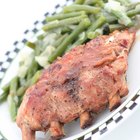
How to BBQ Ribs on a Smoker
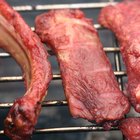
How to Use Grill Mates Pork Rub
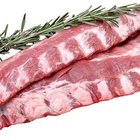
How to Grill Using a Rib Rack
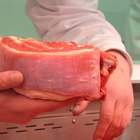
How to Cook Brisket on a Propane Grill

Roasting Instructions for a Half Loin ...
How to Smoke Venison Neck Roast
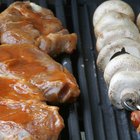
How to Use a Smoker Box for Gas Grilling
How to Smoke Center Cut Pork

How to Cook Marinated Pork Loin From a ...
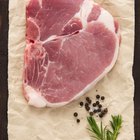
How to Cook Barbecue Boneless Pork Loin
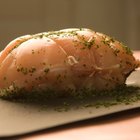
How to Brine Pork Loins

How to Soak Deer Meat in Baking Soda

How to Bake a Dry Rubbed Corned Beef ...

How to Cook Portuguese Steak

How to Cook Bacon-Wrapped Deer Loin

How to Cook a Bottom Round Roast on a ...
References
- BBQ USA; Steven Raichlen
- Barbecue! Bible: Direct vs. Indirect Grilling
- SmokerCooking.com: Smoked Venison Bacon Roll
Tips
- Cooking times may vary depending on whether you prefer rare, medium or well done. For a 3- to 4-pound tenderloin, rare roasts will register temperatures of about 125 degrees Fahrenheit in the center, while well-done venison will be about 180 degrees. Use a digital meat thermometer or meat temperature fork for the best reading.
Warnings
- Never handle hot grill vents, lids, handles or chimney starters without protective grilling mitts or gloves.
Writer Bio
Marc Chase is a veteran investigative newspaper reporter and editor of 12 years. Specializing in computer-assisted reporting, he holds a Bachelor of Science in journalism from Southern Illinois University and a Master of Arts in public affairs reporting from the University of Illinois.
Photo Credits
Adrián González de la Peña/Demand Media